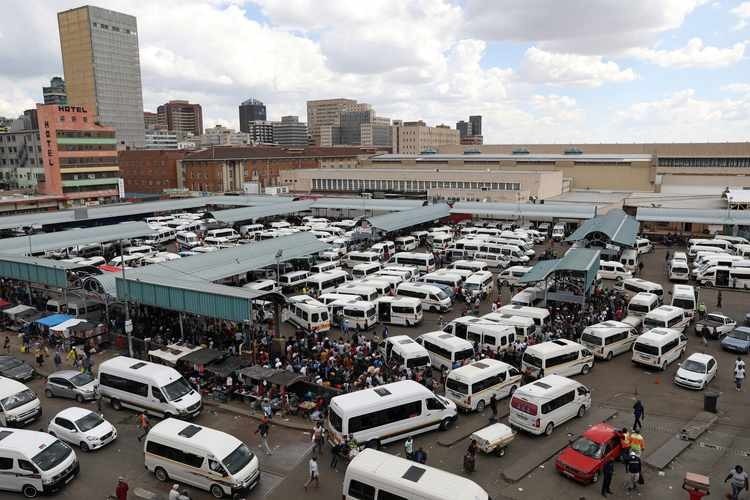
South Africa’s Economy Grows Quicker Than Expected In Second Quarter
South Africa’s economy grew 1.2% in the second quarter compared to the previous three months, statistics agency data showed, a better-than-expected outcome driven by sectors like communications, agriculture and mining.
Economists polled had forecast quarterly gross domestic product (GDP) growth of 0.7% (ZAGDPN=ECI) in seasonally adjusted, non-annualised terms.
In unadjusted year-on-year terms, GDP jumped 19.3% in the second quarter, reflecting a low base last year when the government shuttered much of the economy during a harsh lockdown to contain the spread of the coronavirus.
Statistics South Africa’s sectorial breakdown showed the country’s economic recovery from the pandemic remained uneven.
Transport and communication activity grew 6.9% quarter on quarter, agriculture 6.2%, trade 2.2% and mining 1.9%. But finance contracted 0.4%, manufacturing 0.8% and construction 1.4%.
The statistics agency revised first-quarter GDP growth to 1.0% quarter on quarter from a reading of 1.1% previously.
The third quarter is expected to be weak because of arson and looting that erupted in July following the jailing of former president Jacob Zuma, as well as a severe “third wave” of COVID-19 infections.
The National Treasury has estimated that the July riots could shave off as much as 0.9 percentage points from this year’s economic growth figure.
Kevin Lings, chief economist at asset manager Stanlib, said Tuesday’s numbers showed the economy was struggling to gain significant momentum.
To achieve a modest target of 3% to 4% growth on a sustained basis the government would have to make real progress in implementing reforms that encourage the business sector, he said.
South African President Cyril Ramaphosa put public works and a jobrecovery plan launched last year.
But unemployment (ZAUNR=ECI) struck a new record high above 34% in the second quarter, and Tuesday’s data showed economic activity had only returned to the level of the fourth quarter of 2017.

